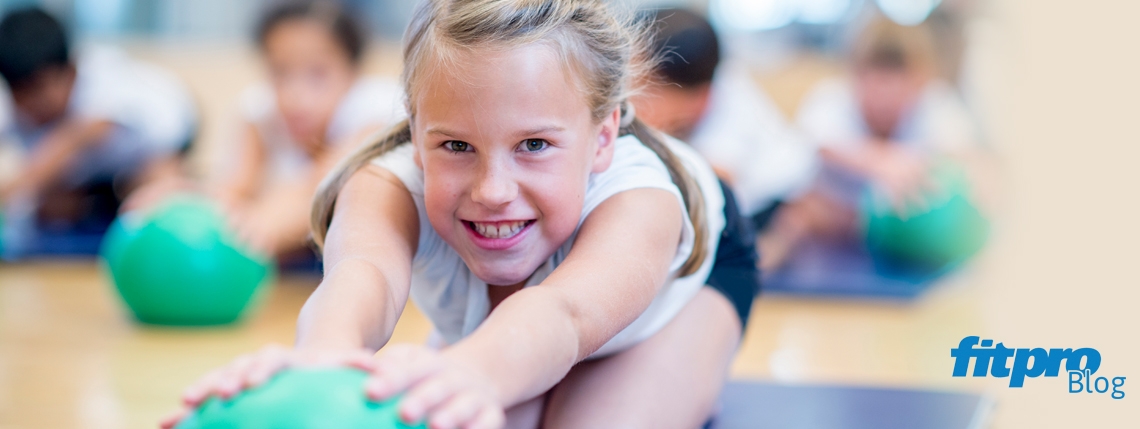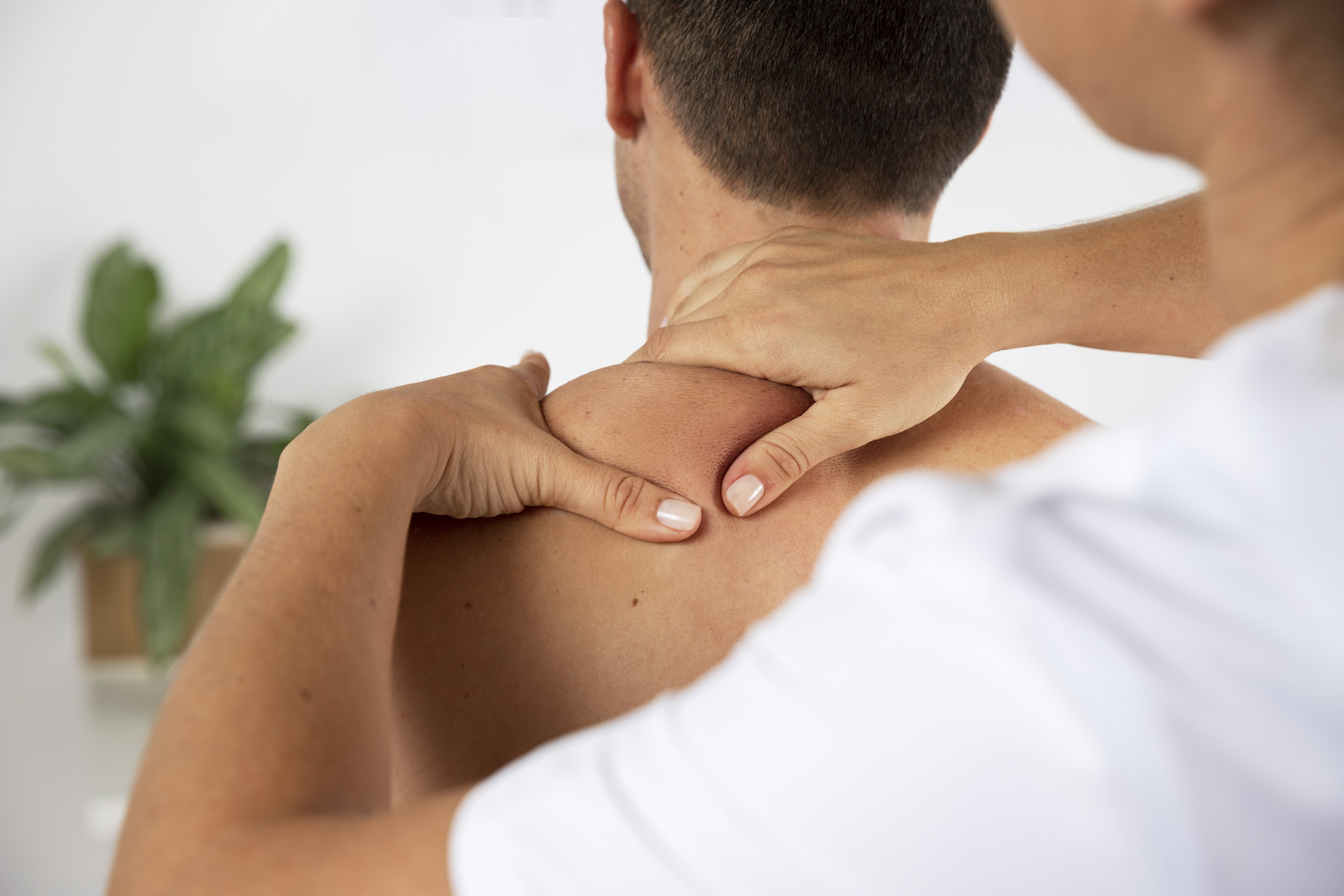School leaders have called for children to do exercise in English and maths classes to help boost grades. At the National Association of Head Teachers conference in Liverpool last weekend, Bryn Llewellyn, a former school leader from Yorkshire, led the discussion asking for a motion to be passed that makes “physically active learning” an integral part of teaching.
Mr Llewellyn said, “Traditional learning approaches limit educational creativity and academic performance, while also negatively impacting on physical activity and health. Physically active learning combines movement and learning.”
He added, “As teachers and leaders, we need to look at ways we can increase and embed creative opportunities for teaching and learning. Research shows that children who are physically fit are better at absorbing and retaining new information.”
The call comes as a report by the Royal College of Paediatrics and Child Health states that four in five obese children are likely to be dangerously overweight for life, which it says could result in their lifespan being cut short by 10-20 years.
Mad Fitness UK strongly agrees and actively promotes physical activity throughout the school day from active school assemblies, lessons and after- school clubs.
Lynn Wilson (training director) at Mad Fitness UK, said, “We have found activity in class has dual benefits, firstly it promotes engagement in the topic, and secondly, children not engaged in the PE curriculum can still have a positive relationship with activity. This is also key in after-school clubs where the parent can be active and assist with the learning process.”
Adding to the discussion is the Youth Sport Trust, which was keen to share its reaction to this week’s news.
Ali Oliver, chief executive officer at the Youth Sport Trust, said: “Like english and maths, Physical Education should be part of the bedrock of a good education that equips young people with the vital skills to support their well-being, ability to learn in other subjects and help prepare them for employment.
“Children need to be active not just in physical education and sports, but during lunch hours, through after-school activities, and via active classroom environments. A high quality PE curriculum uses sport as a vehicle through which a joy of movement is established, life skills are developed and an understanding of a healthy lifestyle is acquired. We work with thousands of schools across the country and believe that unless we reverse the slide and refresh physical education, we risk failing a generation who will be denied the benefits of a revitalised PE offer.”
Would you like to share your reaction to this week’s news? Get in touch with us at: publish@fitpro.com and start the conversation.
Where next? Try these yoga movements for runners







